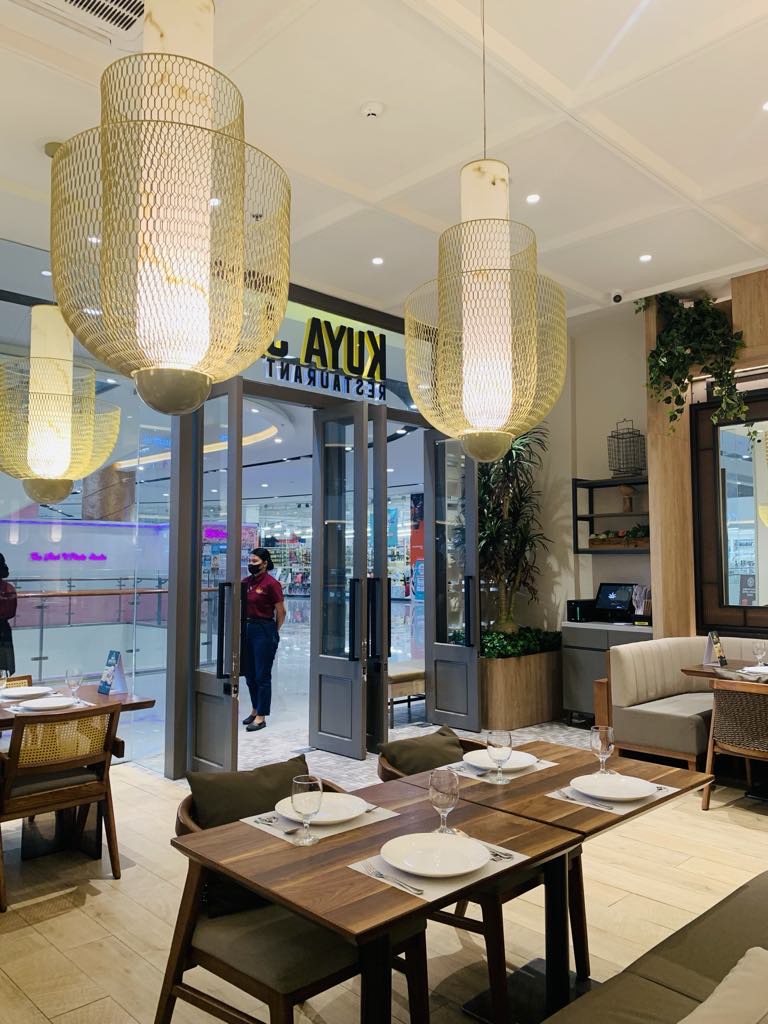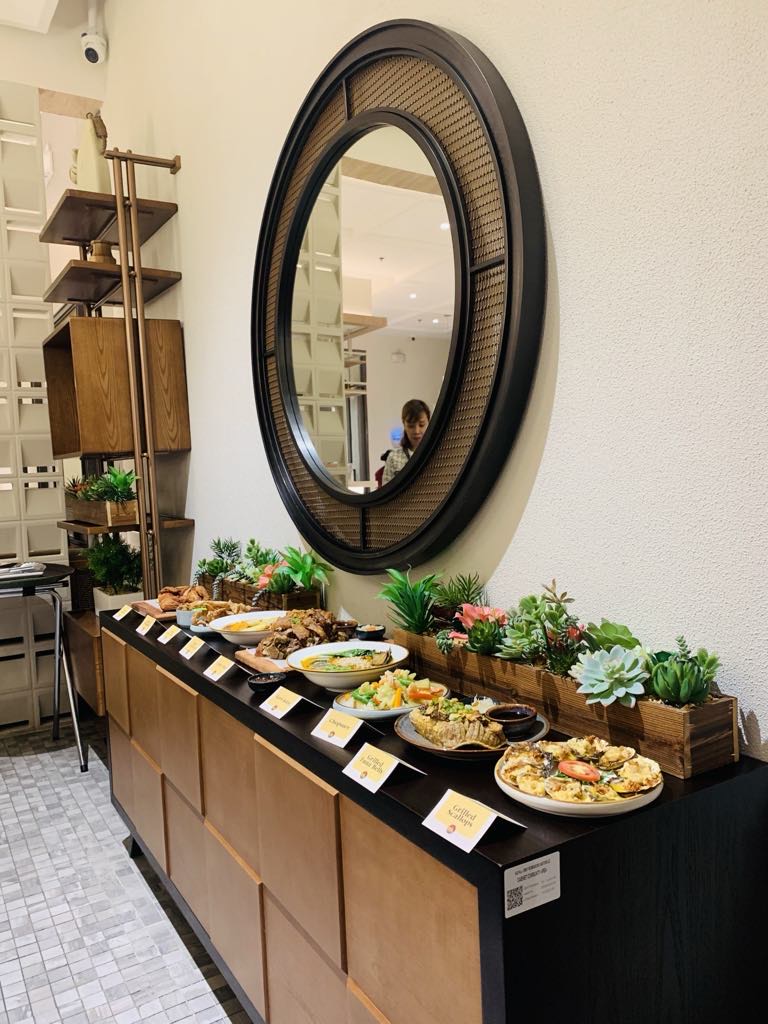Context.ph recently took an hours-long trip to this mall in Antipolo to try to answer a question: Who is this restaurateur known as Kuya J?
In popular lore, the J part ostensibly relates to a particular movie actor, Jericho Rosales, specifically. Like some of us, we were of the impression that this fortunate individual, handsome, popular and with the brains and money to burn, founded the enterprise that actually had its beginnings in Cebu and may now be found primarily in malls across the country.
It turns out that Kuya J was one basketball player called Jonathan who was a fairly popular Cebuano player who fed his teammates grilled fare on slow days and whose concoctions impressed only his fellow teammates and their friends.
According to Don Tirol, Group chief operating officer at Kuya J, Jonathan would eventually sell his hand-fan grilled offerings to equally impressed neighbors in an area in Cebu City known as Capitol Site just off the famous Fuente Osmena landmark.
The “Kan anan ni Kuya J” selling baked scallops as a side business originally was a phenomenal microenterprise before the Lowell Yu and Winglip Chang duo took over the business in 2013 and patented the processes the brand is known for today, Tirol said.
According also to Carlo Fajardo, franchise chief operating officer, the brand is not eager to correct the misimpression because the actor Jericho Rosales is in fact their brand ambassador who loves to pop unannounced in any of its branches and order his favorite fare, the pinakbet.

As for the original Kuya J who has since migrated to the United States, the erstwhile basketball player recently visited the city of his birth and was astounded to find that the practical hole-in-the-wall enterprise he started all those years ago has morphed into string of casual dining outlets some 100 stores long at one point before the pandemic struck, Fajardo said.
These days, 15 of the 86 full-service operating units are company owned, their management looking forward to adding 10 more new branches this year from entrepreneurs who have P15 or P20 million in their pockets and willing to train under the Kuya J brand of business.
In 2022, the P557 billion restaurant market posted a compounded annual growth rate of 12 percent and forecast to hit P900 billion in 2027.
“It’s a huge market not quite inflation proof, but people who understand our pricing come to our restaurant, people who get more value from us than they pay for,” Fajardo said.

Kuya J competes in a market that welcomes competitors such as the celebrated chef Gordon Ramsay who recently opened another restaurant at Newport World Resorts.
“We welcome Gordon Ramsay to the Philippines because he is going to change the local landscape, not just ours but everyone else’s,” he said.
To be sure, Gordon Ramsay operates on another level, the so-called multi-course fine dining market rather than the casual, Asian food market where Kuya J endeavors to thrive against challenges.
Fajardo reported sales going up 20 percent each year franchise wide, nonetheless, each store reporting profits on the back of a constantly evolving product development program.
“Month-on-month we add new products to the menu. We’re big on seafood now, on tuna products” at the moment, he said.
According to him, the restaurant chain has more customers now than in the recent past even though the business is hit by rising food inflation that they refuse to pass on to diners as hefty price adjustments.
“We just do enough to keep up with inflation, without having to increase prices exponentially,” he claimed.
The growing stream of diners has allowed the chain to pursue aesthetic changes at its stores and embrace innovation at the back end of the business or the kitchen where the staff are exposed to new technology.
Neither Fajardo nor Tirol disclosed the extent of internally-generated funds needed to implement these innovations but both measured the relative success the enterprise derived from their adoption with the successful creation of the 2PM market.
This relates to that downtime part of the business that in the past has not proven lucrative but had been profitably exploited by the restaurant chain only recently.
“Restaurateurs used to shun the 2 PM market and we only had lunch and dinner clients. But now the afternoon crowd is here and that is how we started our coffee business,” he said.
“We’re adding new ways to go over the top to deliver new services. People pay a premium for experience and experience is where we put value,” Tirol, Fajardo’s colleague, explained.
According to Tirol, the restaurant chain is not only changing its store aesthetics by making sure its furniture are solid, dependable and pleasing to the diner but also the technology in the kitchen where they not only save on the cost of labor while maintaining product quality but achieve a smaller footprint as well.
“We’re also facelifting the back of the house,” he declared.







